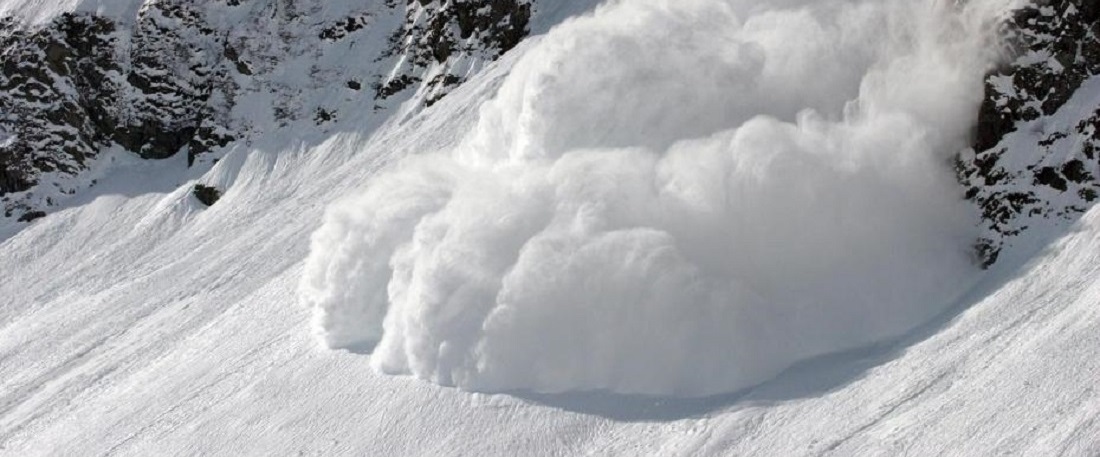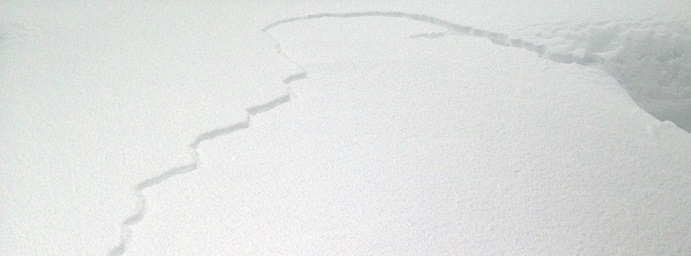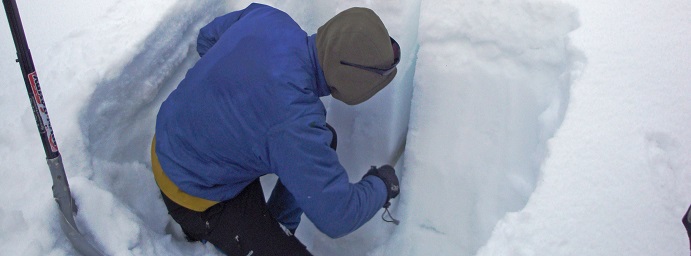
Mt Kalmont
Ride Hard! Ride Safe!

Ride Hard! Ride Safe!

Whether you’re on skis, snowshoes, or foot, you’ll find some of the most exciting winter terrain is also the steepest and most dangerous. You can reduce your chances of being caught in an avalanche during winter mountain hikes by keeping the following tips in mind.
Free skiier survived
The 24-year old survived the accident with luck and his avalanche airbag....
Avoid hiking immediately after a storm. Most avalanches occur at the time of or shortly after a heavy snowfall.
Avoid slopes with pitches greater than 25 degrees.



